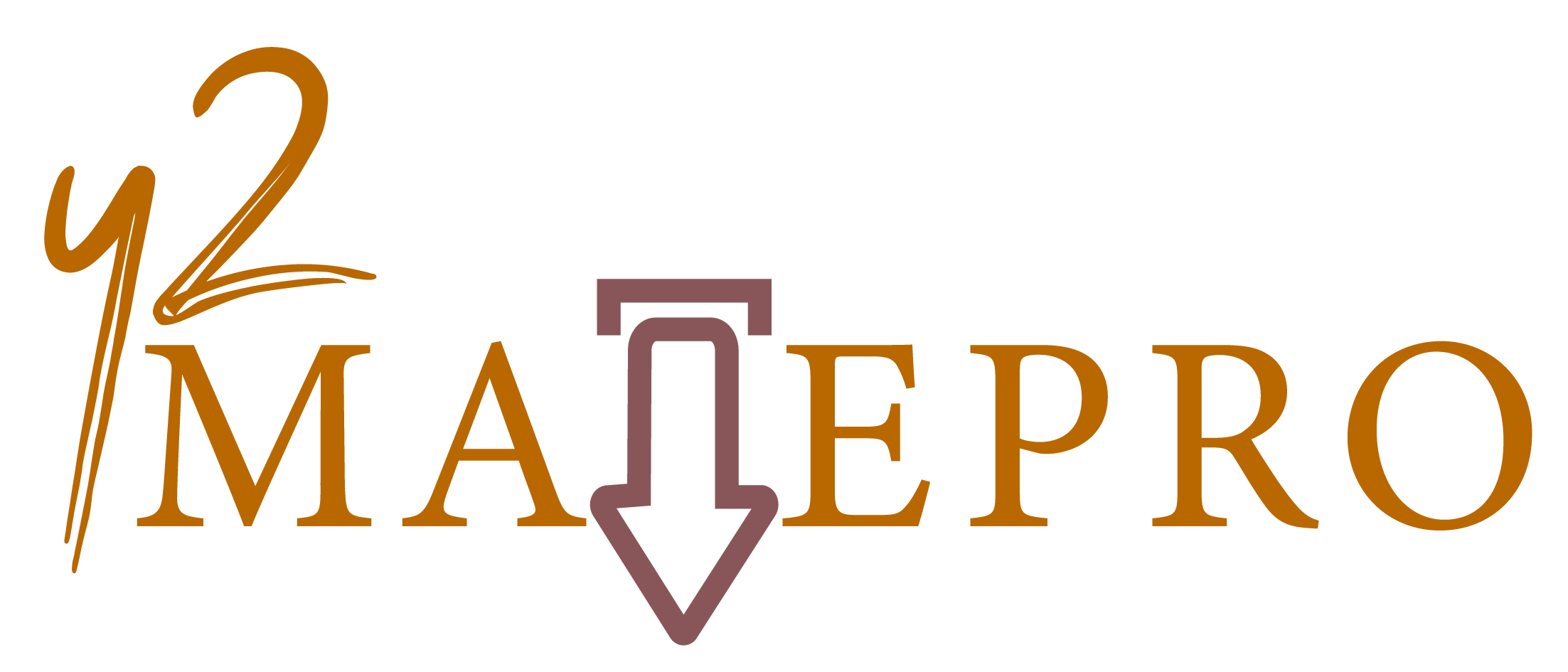In the modern era, getting approval for a loan is hard. It is even harder if you are poor or have a bad credit history. However, some types of loans don’t need collateral and may be suitable for a person who needs money but does not have any property or anything else that can be used as collateral. The most common type of these types of loans are hardship loans.
What is Hardship Loan?
Hardship loans are short-term loans that are given to people who have faced a financial emergency. People affected by a natural crisis, job loss, or medical emergency can apply for such loans.
Hardship loans are usually small and do not involve credit checks, making them an excellent option if you have failed to pay off previous bills. However, they come with high interest rates and late fees, so making payments on your hardship loan and other debts such as credit cards or personal loans is essential.
Types of hardship loan
Hardship loans come in many forms, but they can generally be divided into three types: personal, payday, and installment. Personal and payday loans are conditional on your credit history (or lack thereof), while installment loans will require you to provide collateral such as the title to your car or property.
The type of hardship loan you need will depend on the nature of your hardship and what you’re trying to accomplish with it—if you need funds quickly, a payday loan might be a good choice; if you have time before making a big purchase, an installment loan may work best.
As per Lantern by SoFi experts, “Hardship loans often offer deferred repayment options to give you much breathing room when paying back the funds.”
Risk involved
There are a few risks involved here. One is that the interest rates are higher than they are on other types of loans, so you might end up paying more over time. The repayment periods are also longer to account for those higher rates, and the loan amount is smaller as well—smaller than most other types of loans.
Finally, these types of loans aren’t secured by collateral like most other kinds of debt: they’re unsecured. This means you don’t have any assets that can be seized if you default on your payments (that’s why it’s called “unsecured”).
Required documents
In order to apply for a Hardship Loan, you will be required to submit a list of documents that prove your identity. These are:
- Driver’s license or passport
- Evidence of residency (utility bill, bank statement, etc.)
- Social Security card
You will also need to prove that you have been employed for at least two years and earn an income. This could mean providing one or more of the following:
- A copy of recent check stubs from your employer(s)
If you need a loan, but don’t want to put yourself under too much pressure and stress, then the hardship loan is one way to go. These loans are designed specifically for people who have suffered an unforeseen financial setback that has left them with no other choice but to take out a loan.


